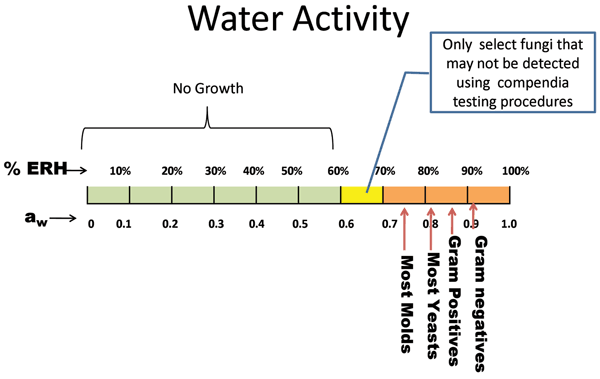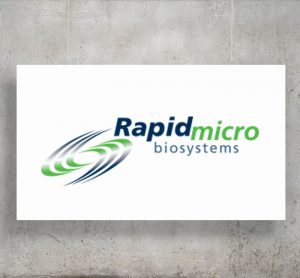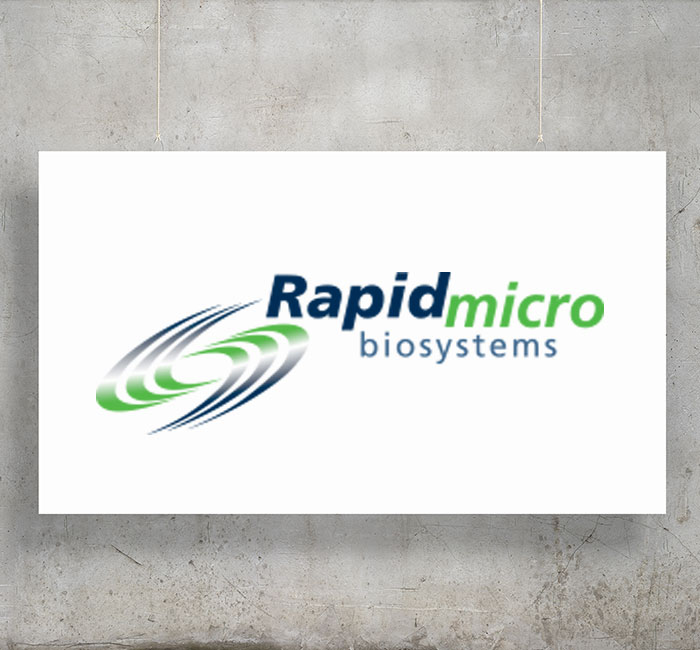Detection of microorganisms using optical spectroscopic-based rapid method technologies
31 August 2011 | By Michael J. Miller, President, Microbiology Consultants, LLC
This is the fourth in a series of articles on rapid microbiological methods that will appear in European Pharmaceutical Review during 2011. Previously, we discussed a number of cellular-component rapid microbiological methods (RMMs), such as ATP bioluminescence, fatty acid analysis, MALDI and SELDI time of flight mass spectrometry, Fourier transform-infrared…


























